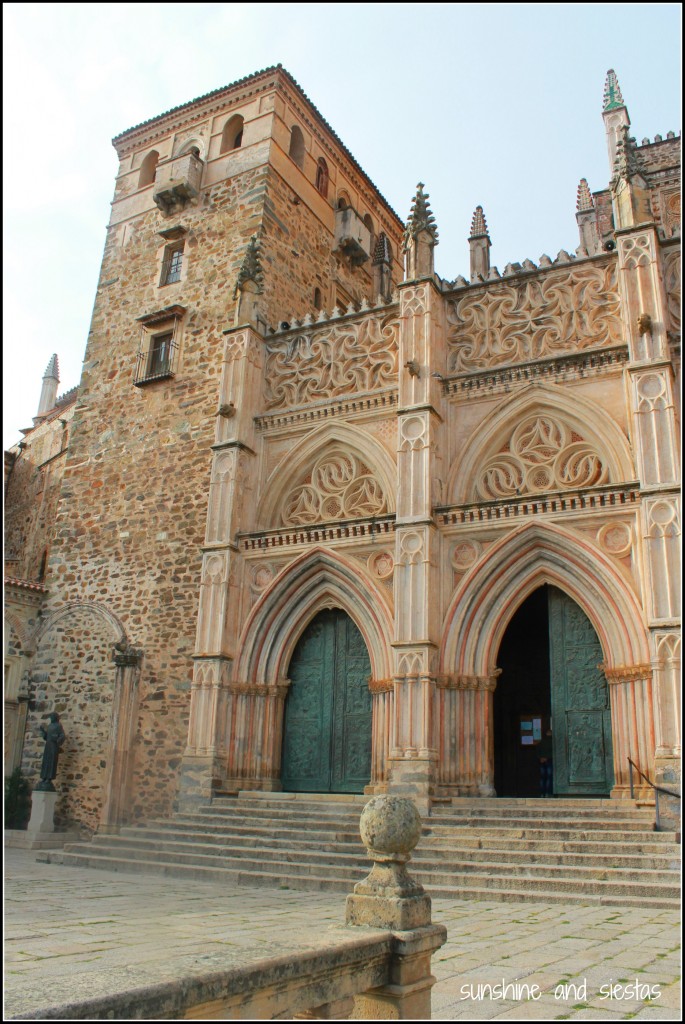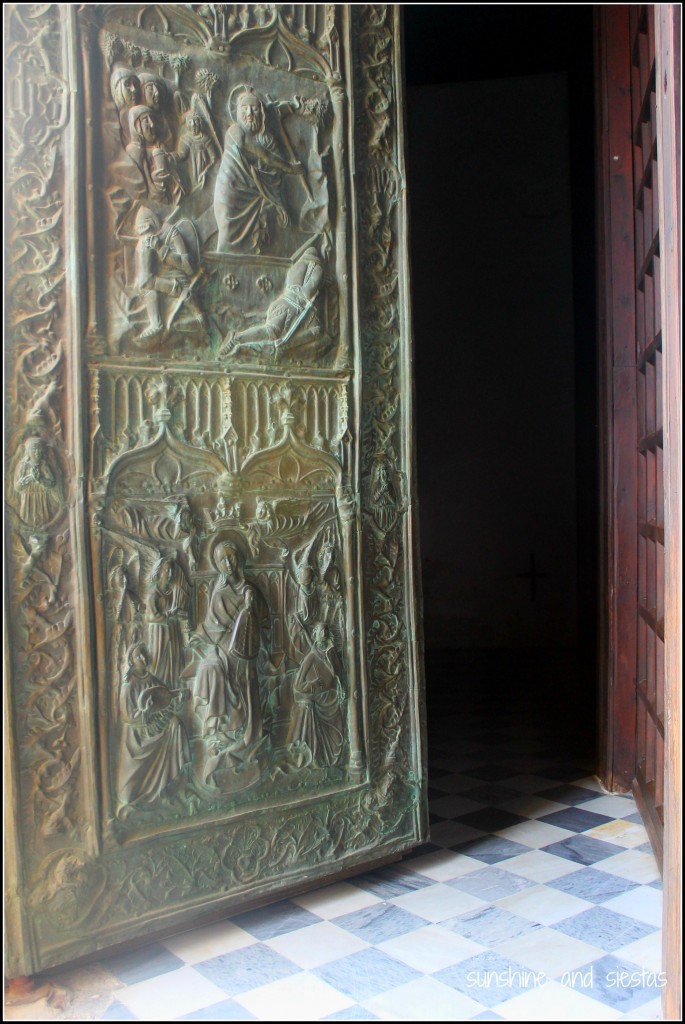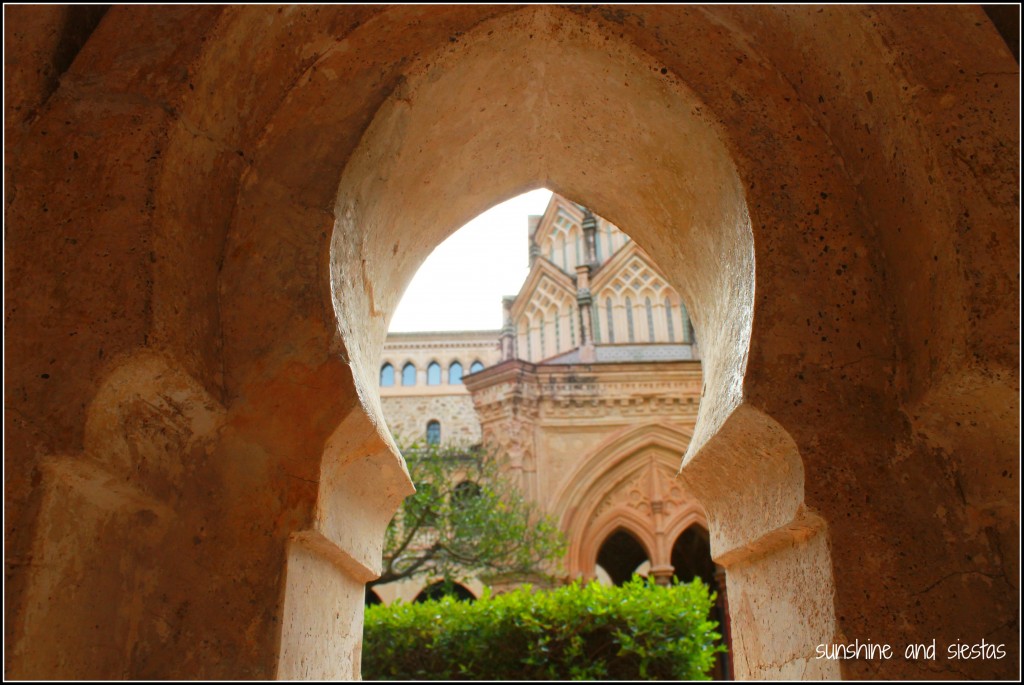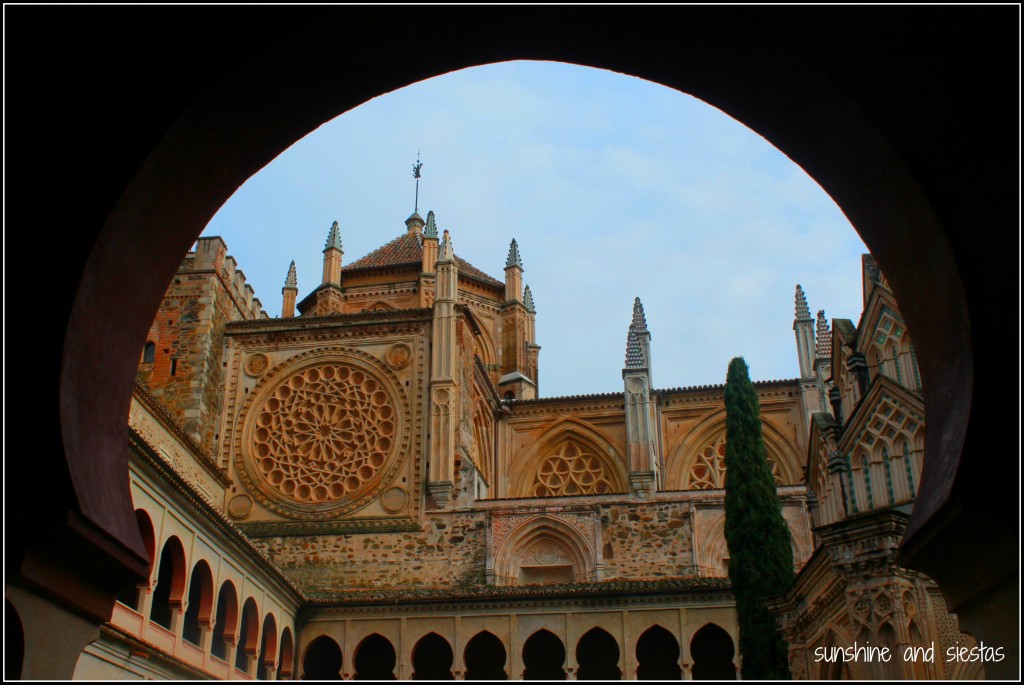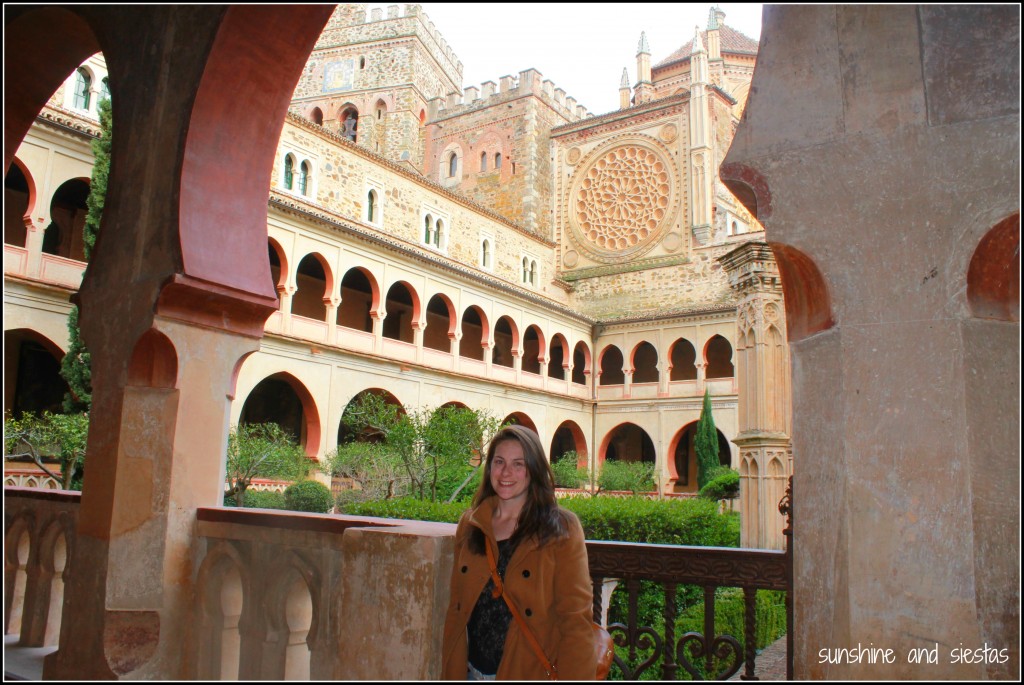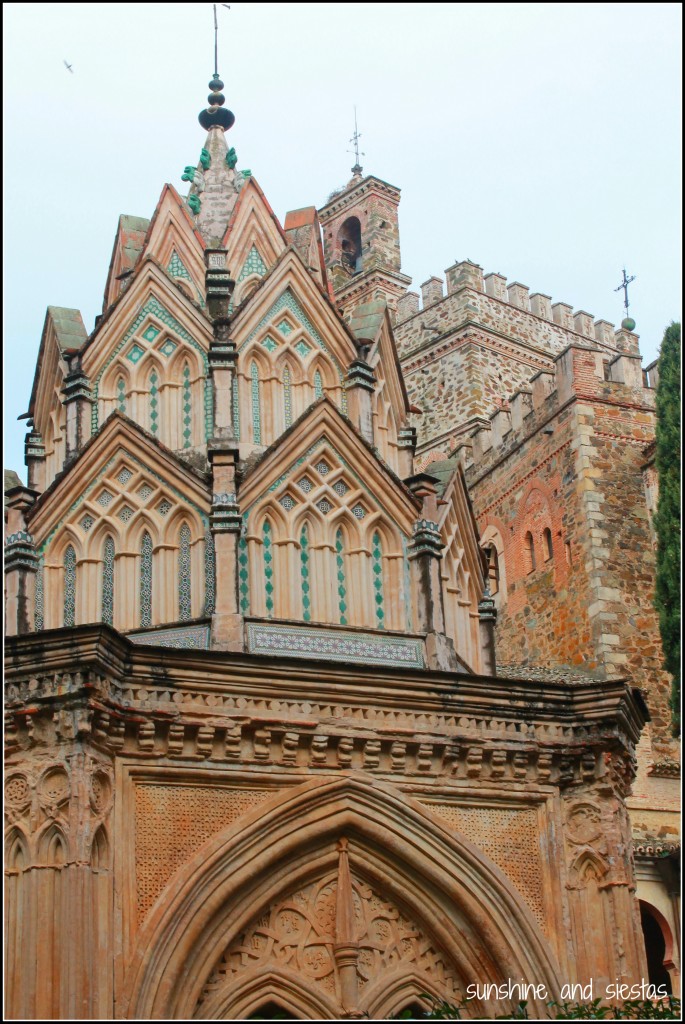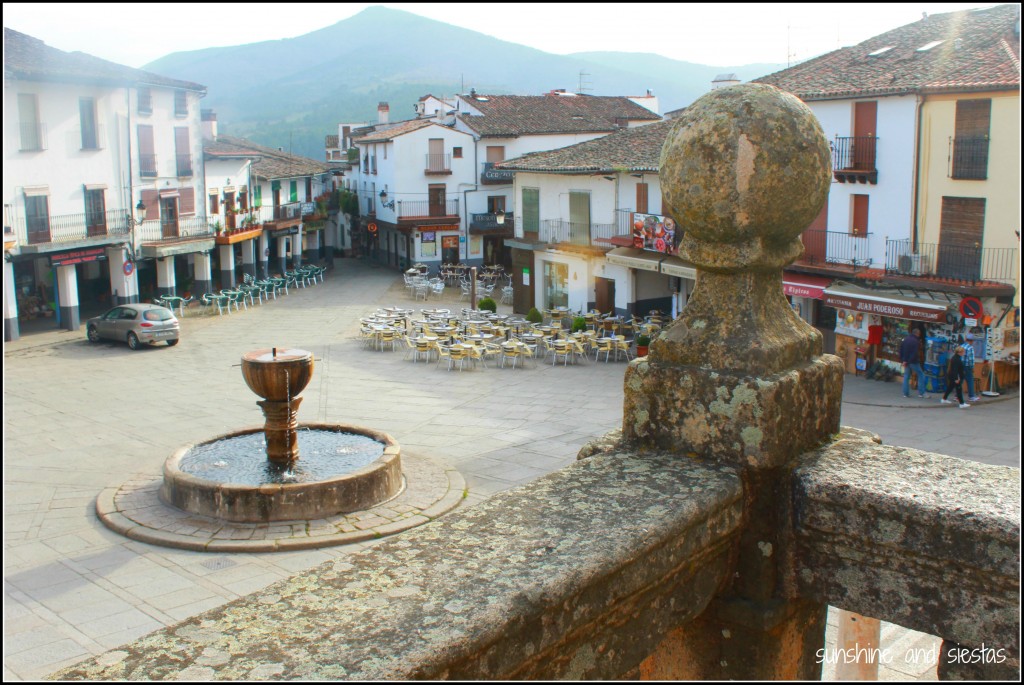Many great places in Spain are seeped in legends, mentioned in texts or venerated by the insane queues at its ticket offices (I’m looking at you, Alhambra).
For me, the Real Monasterio de Guadalupe was an obscure monastery and the name of many females, little more than a blip on a map in the wild back country of Extremadura. I figured it was worth a detour on our way to Trujillo.
Then came this:
According to legend, the veneration may have been carved in the 1st Century by Saint Luke himself, who then carted her around the world before presenting the Archbishop of Seville, San Leandro, with it. During the Moorish invasion that commenced in 711, the Archdiocese of Seville looked for a place to hide her as invaders ransacked cities and palaces.
Turns out, I have something in common with this particular image of the Virgin Mary (besides my birthday being on the day of her ascension into heaven): we both made a pilgrimage to Guadalupe from Seville of 320 kilometers. When she arrived, though, she was buried next to the Guadalupe River and not discovered until the late 12th Century.
On that very spot, a humble chapel was erected and eventually converted into one of Spain’s most important (and arguably most stunning) monasteries.
Like all great pilgrimage sites, like the ending points of the Camino de Santiago or El Rocío, Guadalupe has attracted illustrious names in Spanish history – Columbus prayed here after returning from the New World (and the Madonna is now revered in Central and South America), King Alfonso XI invoked Guadalupe’s spirit during the Battle of Salado, and many modern-day popes have stopped to pray.
While we weren’t on a religious pilgrimage, really, I’m slowly ticking UNESCO World Heritage Sites off of my Spain list, and Guadalupe is listed as such. We joined the last tour of the day after getting lost in teeny towns on nearly abandoned highways, many of which bear names that were later given to cities in the New World, like Valdivia, where we devoured fried calamari sandwiches.
Tours to Guadalupe’s cloisters, treasury, church, religious art museum and sacristy can only be done on a guide tour in Spanish, which leave on the hour. As the monk droned on about artistic heritage, I stole into the Gothic cloistered courtyard.
As we had joined the last tour of the day, an elderly monk showed us through the sacristy, painted in its entirety by Zurburán, and invited us to the room that held one of three black Madonnas. The soaring chamber had frescoes of Catholicism’s most famous female saints, relics in every wall and a small turnstile that allowed the three women on my tour named Guadalupe to kiss the hands of the veneration.
They, like Columbus and Cervantes before them, had come to pray in front of the woman who gave them their name and ask for her eternal protection.
As it turns out, the 60 minutes we’d budgeted for the monastery stretched to nearly two hours, meaning we were late to meet Angela from Trujillo Villas, but a night in a cozy palace-turned-vacation-home has us back on the right track the following morning before visiting Yuste and the gorgeous hamlet of Garganta la Olla.
Have you ever been to Extremadura?
